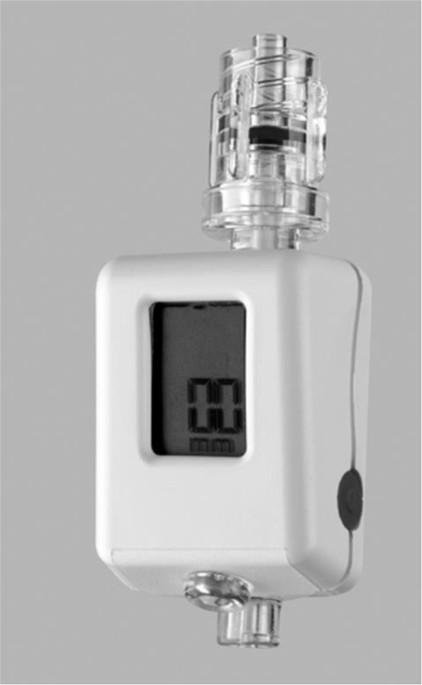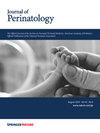一次性压力传感器用于识别新生儿重症监护病房早产儿和足月婴儿脐带线上的中心压力测量。
IF 2.4
3区 医学
Q2 OBSTETRICS & GYNECOLOGY
引用次数: 0
摘要
目的:评估在新生儿中使用带集成数字显示的一次性压力传感器来区分动脉和静脉置管的可行性。研究设计:纳入妊娠≥23周的婴儿,适当放置脐带导管。假设血压≥12 mmHg可以区分动脉放置,获得单一基线血压读数。结果:纳入45名婴儿进行62项测量,其中31项同时使用脐动脉导管(UAC)和脐静脉导管(UVC)。结论:该换能器可能是安全的,可以区分动脉和静脉系统的线放置。12毫米汞柱似乎可以可靠地识别动脉系统中的线,但21毫米汞柱被发现是最佳的静脉切点。本文章由计算机程序翻译,如有差异,请以英文原文为准。

Disposable pressure transducer to identify central pressure measurements in umbilical lines for preterm and term infants in the neonatal intensive care unit
Assess the feasibility of using a disposable pressure transducer with integrated digital display to differentiate arterial versus venous line placement in neonates. Infants ≥23 weeks’ gestation with appropriately placed umbilical catheters were enrolled. A single baseline pressure reading was obtained, hypothesizing that arterial placement could be differentiated with a pressure ≥12 mmHg. Forty-five infants were enrolled to obtain 62 measurements, 31 from both umbilical artery catheters(UAC) and umbilical venous catheters(UVC). 100% of UAC were ≥12 mmHg and 87% of UVC were <12 mmHg. Median device pressures for UAC and UVC were 41 mmHg (IQR 31–45 mmHg) and 5 mmHg (IQR 3–9 mmHg) (p-value < 0.0001). An optimal venous device pressure cut point was determined to be 21 mmHG (97% sensitivity, 100% specificity, AUC 0.98). This transducer is likely safe and can differentiate line placement in arterial and venous systems. 12 mmHg appears to reliably identify lines placed in the arterial system, but 21 mmHG was found to be the optimal venous cut point.
求助全文
通过发布文献求助,成功后即可免费获取论文全文。
去求助
来源期刊

Journal of Perinatology
医学-妇产科学
CiteScore
5.40
自引率
6.90%
发文量
284
审稿时长
3-8 weeks
期刊介绍:
The Journal of Perinatology provides members of the perinatal/neonatal healthcare team with original information pertinent to improving maternal/fetal and neonatal care. We publish peer-reviewed clinical research articles, state-of-the art reviews, comments, quality improvement reports, and letters to the editor. Articles published in the Journal of Perinatology embrace the full scope of the specialty, including clinical, professional, political, administrative and educational aspects. The Journal also explores legal and ethical issues, neonatal technology and product development.
The Journal’s audience includes all those that participate in perinatal/neonatal care, including, but not limited to neonatologists, perinatologists, perinatal epidemiologists, pediatricians and pediatric subspecialists, surgeons, neonatal and perinatal nurses, respiratory therapists, pharmacists, social workers, dieticians, speech and hearing experts, other allied health professionals, as well as subspecialists who participate in patient care including radiologists, laboratory medicine and pathologists.
 求助内容:
求助内容: 应助结果提醒方式:
应助结果提醒方式:


